Text
maybe instead of making another post about hugo or tolstoy or whoever who went off on “unrelated tangents” in their books instead of focusing only on charaters and plot development… why dont we take a step back? maybe dont believe the book editors on twitter who are trying to persuade you that books need to start a certain way (in medias res -_-), that you must cut out 90% of your adverbs, that you need to cut out every scene that doesnt ‘fit’ your narrative perfectly etc since all these people are only saying this because theyre paid to discover new hunger games or w/e.
novels are genuinely so much more than snappy YA books you can read in a single afternoon… why are you so afraid to just. indulge. engage. why do you mind reading the war scenes in a book called. war and peace. why do you mind victor hugo taking you on a trip through paris history. why do you expect every book to hold your hand and walk you through a Sharp and Well-Defined Plot with no side quests? live a little, babe!!
13K notes
·
View notes
Text
the Ciceronian Invective in Sallustium is fake, but. TELL US MORE ABOUT the sodalicium sacrilegi Nigidiani (14: “Nigidius’ sacrilege club”).
125 notes
·
View notes
Photo

does this mean he did it more than once,
24 notes
·
View notes
Photo

THE END OF SORA’S CLASSIC MODE IS THE OPENING SCREEN FROM KH3 I WILL NEVER BE OVER THIS
263 notes
·
View notes
Text
logeion and perseus.tufts my beloveds
148 notes
·
View notes
Text
first game to ever scare the shit out of you? horror or not.
#the re-deads in ocarina when I watched my brother play it on gamecube#their scream still freaks me out
29K notes
·
View notes
Text
Wouldn’t be amazing if you could see all of your female ancestors at like age 25? All at once? Like you walk into a room and they’ll all in order there and you could talk with them all and see the story of your lineage? What were they doing at my age? What did they all look like? Would they be proud of me?
17K notes
·
View notes
Photo

Classics-tober Day 7: Ship
constantly thinking about helen and menelaus’ nostos. i hope they had a nice time in egypt :’)
950 notes
·
View notes
Photo

With Winnie-the-Pooh and The Battle of Hastings sharing an anniversary today, did you know that E. H. Shepard once drew this amazing scene for an exclusive book bag?
96K notes
·
View notes
Photo

Relief of Hades and Persephone with a table of pomegranates from Hierapolis Archaeological Museum.
2K notes
·
View notes
Photo

Classics-tober Day 8: Caesar
it’s the late roman republic and life’s a fucking NIGHTMAAAARRREEE
2K notes
·
View notes
Photo

Dante and Beatrice, 1914, John William Waterhouse
Medium: oil,canvas
https://www.wikiart.org/en/john-william-waterhouse/dante-and-beatrice
52 notes
·
View notes
Photo

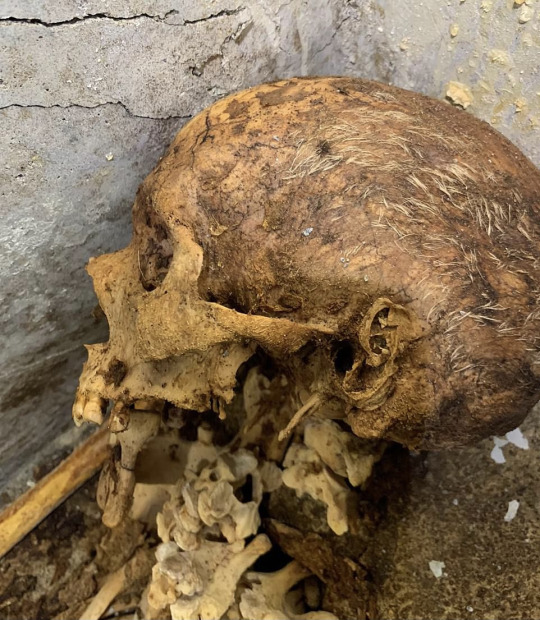

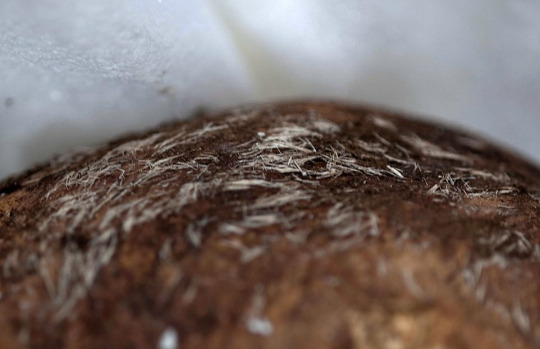



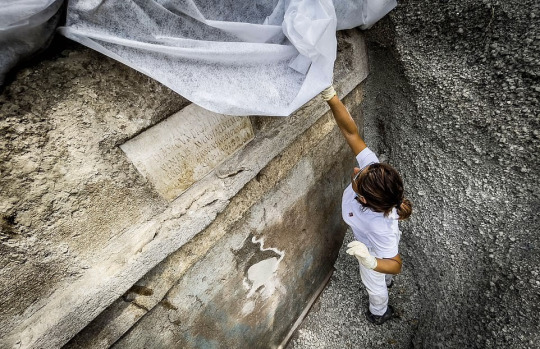

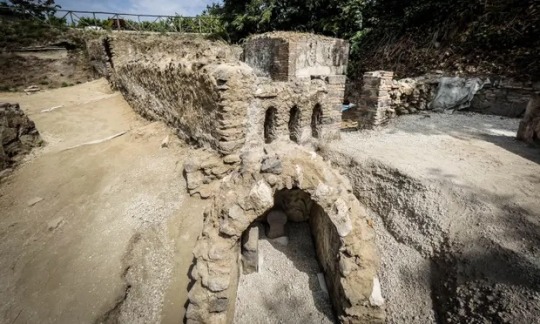

Archaeologists Discover Preserved Skeleton in Pompeii
Archaeologists have discovered a remarkably well-preserved skeleton during excavations in the ancient city of Pompeii.
The partially mummified remains, including hair and bones, of a former slave who rose through the social ranks have been found in the ancient Roman city of Pompeii.
The remains of Marcus Venerius Secundio were found in a tomb at the necropolis of Porta Sarno, which was one of the main entrance gates into the city. The tomb is believed to date back to the decades before Pompeii was destroyed by the eruption of Mount Vesuvius in AD79.
What have been described as the best-preserved human remains ever discovered in Pompeii include Secundio’s white hair and a partially visible ear. Initial tests show he died at about the age of 60.
Archaeologists said the discovery was unusual because deceased adults during Roman times were usually cremated. A glass urn with the name of a woman, Novia Amabilis, possibly Secundio’s wife, was also found in the tomb.
“Pompeii never ceases to amaze,” said Dario Franceschini, Italy’s culture minister.
Secundio was a slave and the custodian of ancient Pompeii’s Temple of Venus. After being freed from slavery, he joined the ranks of the Augustales, a college of priests who were in charge of a form of emperor worship. The fact that he was buried in a tomb proves he succeeded in achieving a good social and economic position.
Furthermore, an inscription dedicated to Secundio on a marble slab found at the top of the tomb makes references to theatre performances in Pompeii that were conducted in Greek. Gabriel Zuchtriegel, the director of Pompeii archaeological park, said the inscription was “the first clear evidence of performances at Pompeii in the Greek language”.
“That performances in Greek were organised is evidence of the lively and open cultural climate which characterised ancient Pompeii,” added Zuchtriegel.
The excavations in the Porta Sarno necropolis area are a joint project between Pompeii archaeological park and the European University of Valencia.
Dozens of new discoveries, including the remains of people and animals killed by the Mount Vesuvius eruption, have been unearthed in recent years at Regio V, a vast area of the archaeological park yet to fully open to the public.
By Angela Giuffrida.
375 notes
·
View notes
Photo


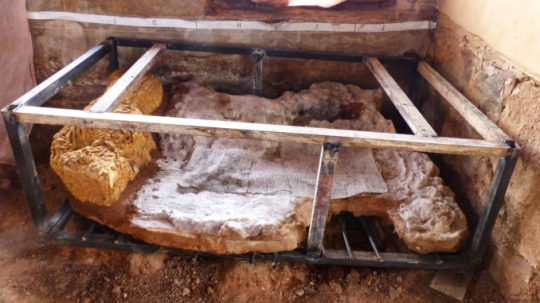
Ancient Roman Safe Excavated From Burned Out Villa in Spain
MÉRIDA, Spain — A wooden safe used during the Roman empire to keep jewelry, essential documents, and luxury clothing was recovered from the remains of a luxurious home.
The remains of the furniture item, or “arca ferrata” — literally an ‘ark’ — were found during archeological excavations in a 4th-century Roman home located in Mitreo in the western Spanish region of Extremadura.
he safe was a type of large wooden covered in bronze and other metals and located in one of the rooms of this luxury house that had seemingly suffered a fire.
“The ark is important because there are not many arks like this preserved from the Roman Empire, and there are currently only four other pieces like this in Zaragoza, in northern Spain, and the ones preserved in Pompeii in Italy,” said Ana Maria Bejarano Osorio, an archaeologist with the Monumental City of Merida Consortium, a public organization whose primary goal is to preserve and share the knowledge of the city’s archaeological heritage.
Osorio said the preservation work had only been done on the box’s surface. Further, Osorio pointed out that the ark was in a very bad state because it was partially sunk into the ground as the top part of the house collapsed on it during the fire.
“We only have the wooden frame, which is burned, and the bronze parts that were covering the box on the outside and inside, as well as some other luxury decorations.”
It was decided to leave the ark where it was when first discovered in 1994, and some preservation efforts were undertaken to protect the artifact. But, it was decided to remove the ark. The footage shows the ark being removed so it can be restored.
Years later, in 2017, the experts in charge of the site decided it was time to remove the safe from the remains of the Roman home for it to be adequately restored.
These safe boxes, or arches, were often located in reception rooms where the owner of the house received visitors. To avoid robberies, it was affixed to the walls or the ground using iron nails. They were often ornately decorated with worked metal.
The ark could have been used to keep items, clothes, money, jewelry, and other precious items.
“It is unclear what the owner did for a living. But it is clear that it was probably a wealthy family because the surface of the house is around 3,386 square meters (36,447 square feet), with 15 rooms, including the bathrooms and the kitchen, as well as four other rooms,” said Osario.
Osario said: “It is unclear what they did for a living, but it might be something related to commerce or business, and they could even have been using the four extra rooms themselves to sell their wares.”
The house also had two more rooms on the second floor, including the one that collapsed during the fire, the causes of which are unknown.
The safe box currently measures around 3 by 1.5 meters (9.8 by 4.9 feet). As per the archeologist, it was crushed due to the collapse of the second floor, so it is unclear what its measurements might have been before that.
The discovery of this safebox in the Casa del Mitreo (Mitreo House) is deemed to be one of the most exceptional items located and documented in the last few years in the archeological sector in Merida.
The piece was finally lifted and taken to the Institute of Cultural Heritage of Spain (Instituto del Patrimonio Cultural de Espana-IPCE), where it will be restored to its former glory.
(Edited by Saptak Datta and Vaibhav Vishwanath Pawar.)
121 notes
·
View notes



